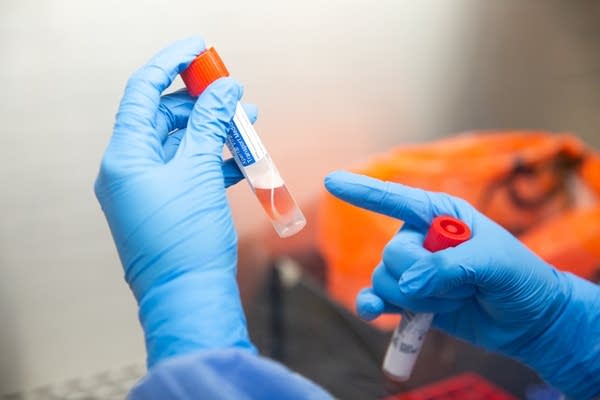July 18 update on COVID-19 in MN: New confirmed cases decrease; hospitalizations increase

Samples are tested for COVID-19 in March 3 at the Minnesota Department of Health.
Courtesy of Minnesota Department of Health
Go Deeper.
Create an account or log in to save stories.
Like this?
Thanks for liking this story! We have added it to a list of your favorite stories.


